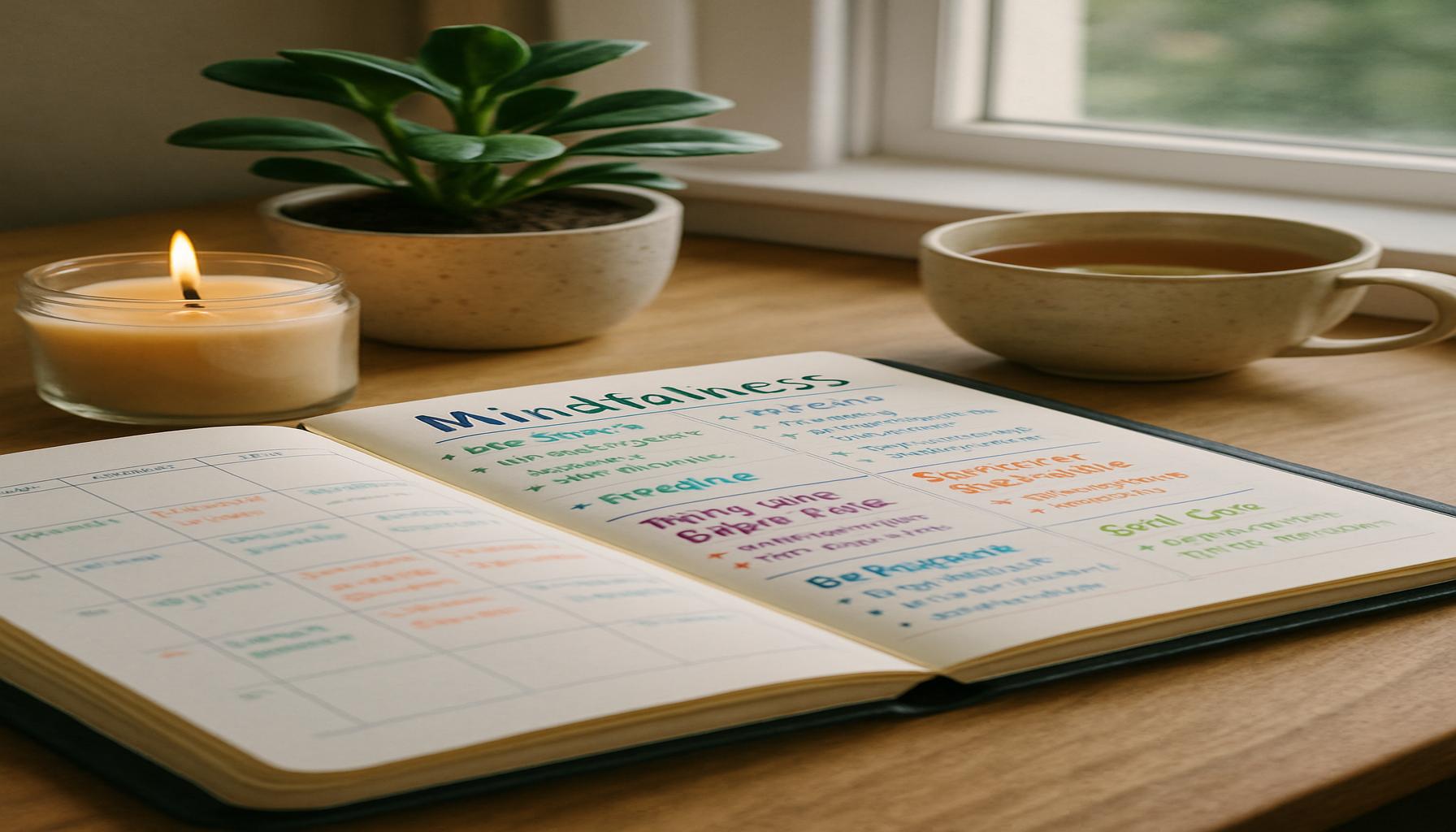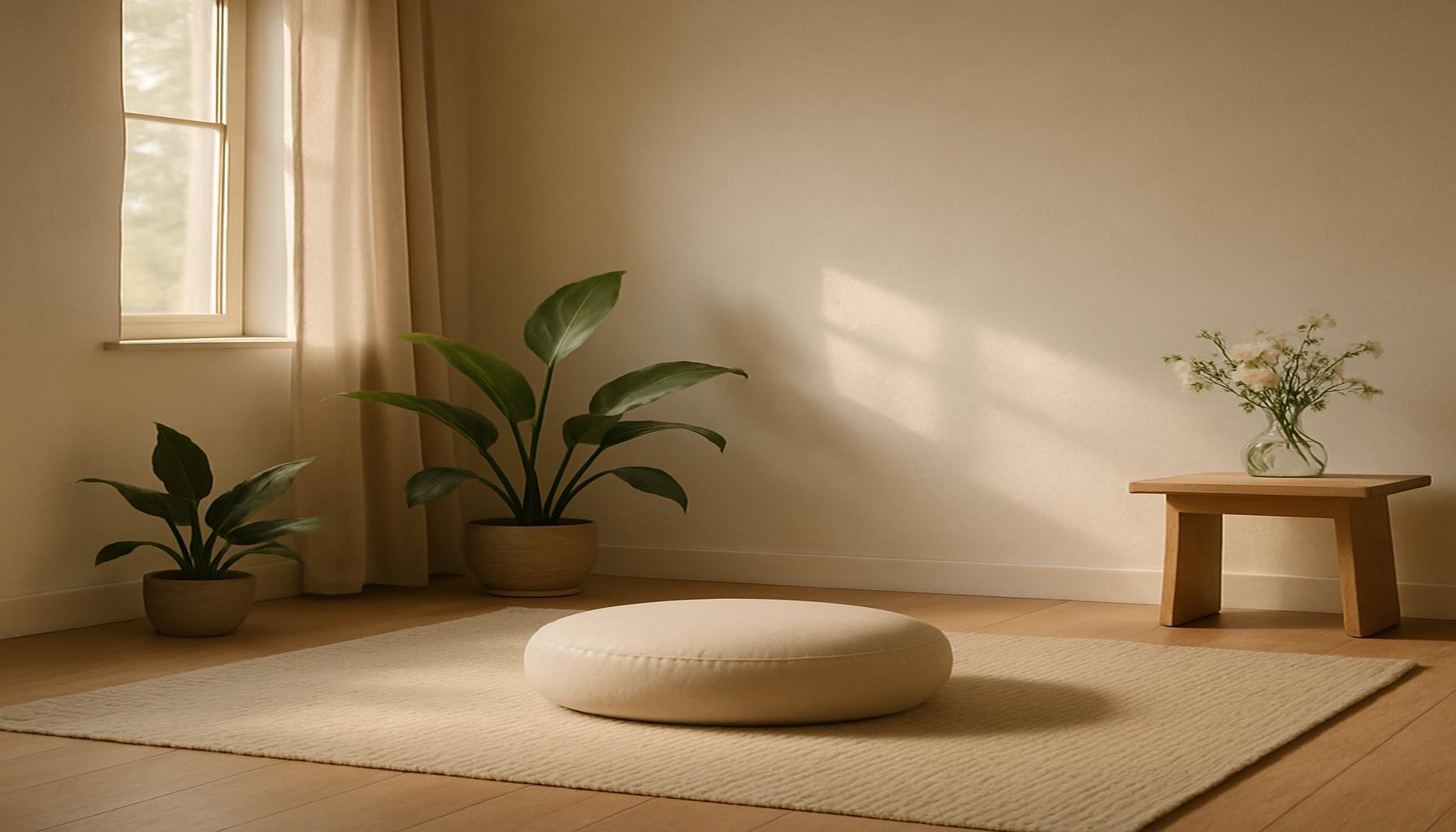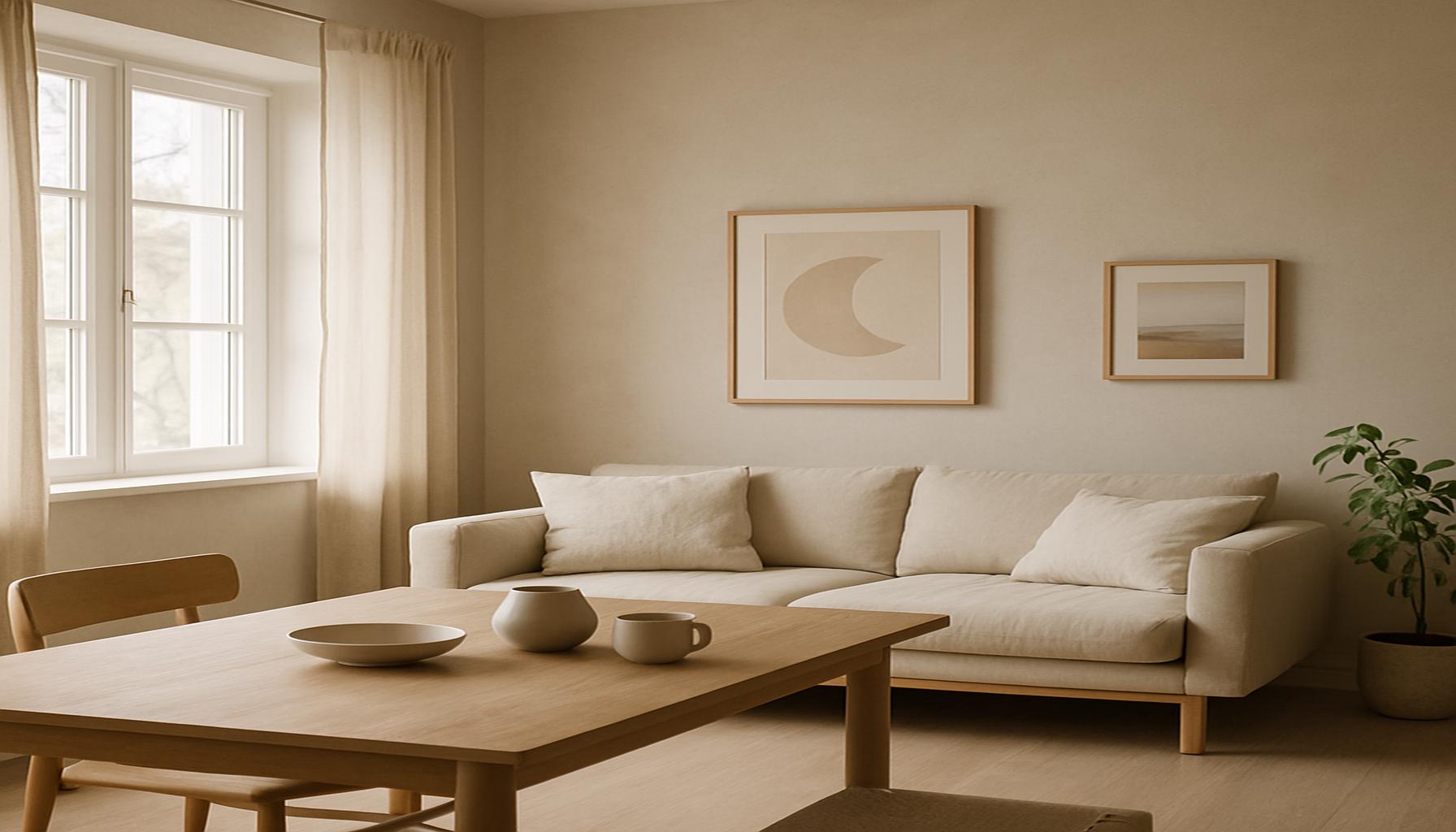The practice of mindfulness as a tool to simplify minimalist living
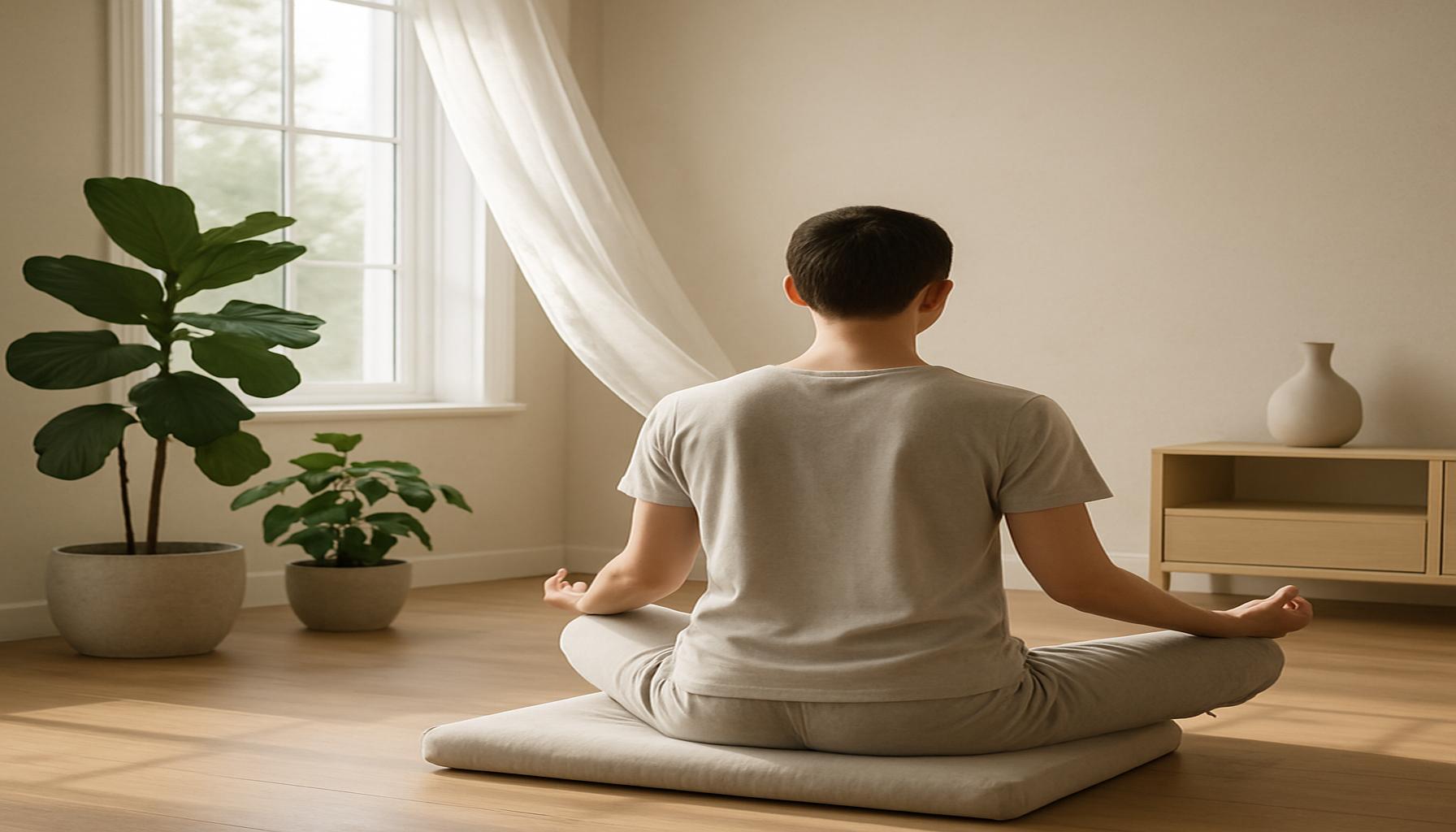
The Intersection of Mindfulness and Minimalism
In today’s fast-paced world, the pursuit of simplicity is becoming increasingly appealing. Mindfulness, the practice of being present and fully engaged in the moment, holds the potential to transform how we approach minimalist living. By integrating mindfulness into daily routines, individuals can effectively streamline their lives.
Why Mindfulness Matters
Embracing mindfulness offers various benefits that complement a minimalist lifestyle:
- Clarity of Purpose: Mindfulness helps individuals gain a clearer understanding of what truly matters in their lives. By reflecting on their values and priorities, they can make more informed decisions about what to keep and what to let go. For instance, instead of accumulating items based on fleeting trends, a mindful approach encourages individuals to invest in things that resonate with their core beliefs, fostering deeper connections to personal possessions.
- Reduced Stress: A cluttered environment can significantly contribute to feelings of anxiety and overwhelm. By practicing mindfulness, individuals can cultivate a sense of calm that allows them to confront their clutter with a new perspective. Techniques like deep breathing or guided mindfulness meditation can help alleviate the mental burden that often accompanies disorganization, leading to a more serene living space.
- Intentional Living: Being mindful encourages individuals to make thoughtful choices in their consumption habits. This intentional living manifests not just in decluttering one’s physical space but also in the way one interacts with the world. Harnessing this approach, individuals often find themselves evaluating purchases through a lens of necessity and value rather than impulse.
Mindfulness in Action
Practicing mindfulness not only simplifies routines but also enhances the living experience. Consider integrating these approaches into your life:
- Mindful Decluttering: This involves thoughtfully assessing items based on their significance and utility. Instead of erratically tossing items into boxes, individuals can take a moment to reflect on each item, asking questions such as, “Does this bring me joy?” or “Have I used this in the last year?” This reflective process can lead to a more meaningful and intentional decluttering experience.
- Daily Meditation: Setting aside time for self-reflection allows individuals to understand their needs better. A consistent meditation routine can help clarify thoughts and feelings surrounding one’s possessions and living environment, leading to a more intentional life. This practice doesn’t need to be lengthy; even five to ten minutes a day can make a significant difference in awareness and focus.
- Intentional Purchasing: By focusing on quality over quantity in belongings, individuals can cultivate a space filled only with items that serve a genuine purpose. This could mean investing in sustainably made goods or supporting local artisans, which not only enhances one’s living environment but also contributes positively to the community.
By adopting these practices, you can foster a more meaningful relationship with your environment while embracing the core principles of minimalism. Mindfulness encourages individuals to slow down and appreciate their possessions, leading to thoughtful consumption and a heightened awareness of personal needs. Explore the ways in which mindfulness can evolve your living space, transforming it into a haven of tranquility and ease. In doing so, the confluence of mindfulness and minimalism can pave the path to a more fulfilling and serene life.
DIVE DEEPER: Click here to discover how decluttering can enhance your mental well-being</
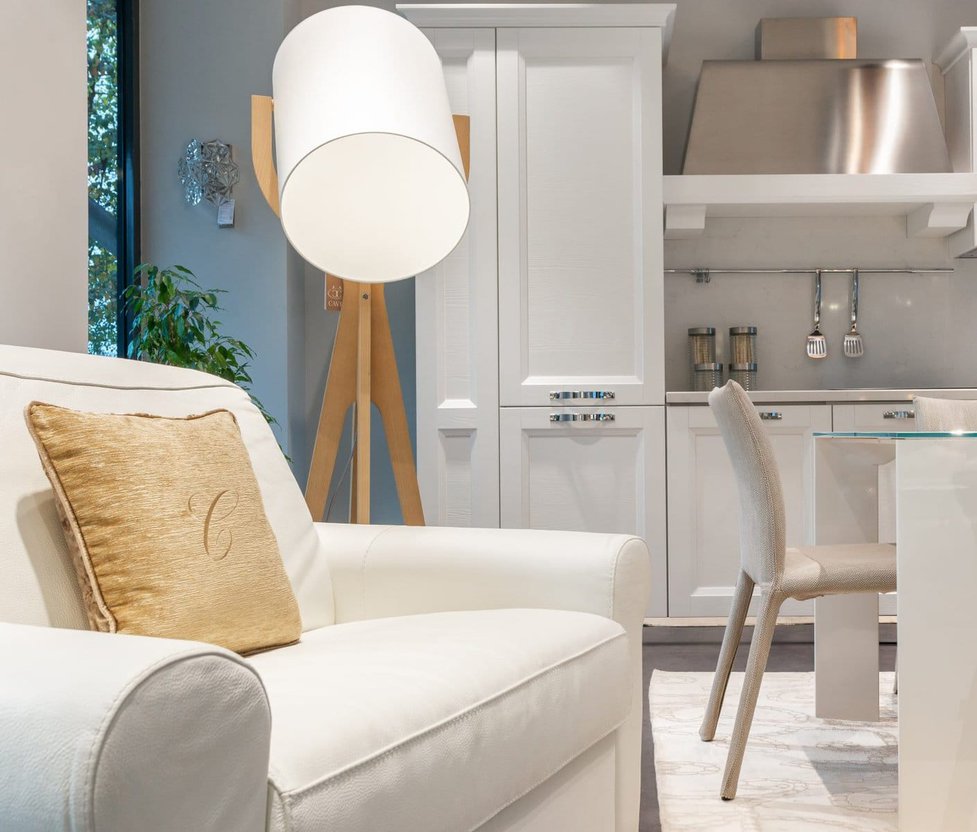
Unleashing the Power of Mindfulness in Minimalist Living
The seamless integration of mindfulness into minimalist living can be a transformative experience that reshapes how individuals perceive their surroundings and approach their daily lives. By cultivating a sense of awareness, individuals can actively engage with their environment, strip away distractions, and focus on experiences that enhance their overall well-being. The interaction between these two concepts empowers individuals to embark on a journey toward a simplified life.
The Benefits of Mindful Minimalism
As we explore the significance of mindfulness within the context of minimalism, it is essential to recognize several key benefits that this union provides:
- Enhanced Self-Awareness: Mindfulness encourages deeper self-reflection, promoting a heightened awareness of personal needs, desires, and values. This introspection can lead individuals to reassess their possessions, helping them identify what is truly essential. Rather than holding on to items out of obligation or nostalgia, they can choose to keep only those that genuinely contribute to their happiness and well-being.
- Improved Focus on Experiences: Minimalism is often associated with a shift from material accumulation to value-driven experiences. Through mindfulness, individuals can live more fully in each moment and appreciate life’s simple pleasures—be it a walk through a serene park or a coffee shared with friends. This focus on experiences over possessions allows for richer, more fulfilling lives.
- Streamlined Decision-Making: Incorporating mindfulness into daily choices can simplify decision-making processes. When faced with a purchase or decluttering decision, mindfulness provides clarity, enabling individuals to weigh the importance and future use of an item against their goals of minimal living. This purposeful approach mitigates impulsive buying behaviors that often lead to clutter.
Practical Steps to Embrace Mindful Minimalism
To cultivate a mindful minimalist lifestyle, consider implementing the following practical steps:
- Mindful Mornings: Start each day with a brief mindfulness practice, such as deep breathing or journaling. This intentional practice sets the tone for the day, creating space for reflection on priorities and experiences that truly matter.
- Conscious Consumption: Before making a purchase, pause and ask yourself if the item aligns with your values and serves a significant purpose. This critical examination can lead to more thoughtful acquisitions, ultimately resulting in a curated collection of belongings that enhance your life instead of detracting from it.
- Mindful Maintenance: Regularly reassess your living space through a mindful lens. Take time to evaluate how items make you feel and their relevance in your life. This practice not only keeps clutter at bay but also reinforces your commitment to intentional living.
By actively engaging in these mindful practices, individuals can cultivate a living environment that reflects their authentic selves. The fusion of mindfulness and minimalism fosters a sense of tranquility and purpose, encouraging individuals to prioritize what truly enriches their lives. As you navigate this journey, allow mindfulness to be your guiding compass, simplifying your living experience, and bringing clarity amid the chaos. In doing so, you may discover a newfound appreciation for the art of living simply.
The Practice of Mindfulness in Minimalist Living
When we delve into mindfulness as a means to embrace a minimalist lifestyle, it becomes evident that this practice transcends mere aesthetics; it is a profound shift in perspective. Mindfulness encourages individuals to focus on the present moment, allowing them to discern what truly matters in their lives. By doing so, it paves the way for a more intentional approach to ownership and experiences.
One of the core principles of mindfulness is the idea of awareness. When we become aware of our thoughts and feelings in real-time, we can better resist the urge to accumulate unnecessary material possessions. Instead of impulsively purchasing the latest item, mindfulness guides us to reflect on whether that addition will enhance our lives. This practice fosters a deep sense of gratitude for what we already possess, promoting emotional well-being and satisfaction. Minimalism, combined with mindfulness, leads to a decluttered external environment and an organized inner world.
Moreover, mindfulness allows individuals to prioritize their time, energy, and resources more effectively. It encourages self-reflection, which aids people in evaluating their commitments and relationships. As a result, individuals practicing mindfulness often find themselves letting go of obligations and interactions that do not serve their personal growth or happiness. This essential trimming away aligns perfectly with the principles of minimalism, which advocate for only engaging in what is truly valuable.
Emphasis on simple, meaningful living can also promote mental clarity and focus. Studies have shown that practicing mindfulness can reduce stress, anxiety, and overwhelming feelings associated with clutter—both physical and mental. Ultimately, the continuity of practicing mindfulness nurtures a life centered around intention and purpose, invaluable components of a sustainable minimalist lifestyle.
| Advantages of Mindfulness in Minimalism | Key Features |
|---|---|
| Increased Awareness | Helps individuals recognize the significance of possessions. |
| Emotional Well-Being | Encourages gratitude and satisfaction with current belongings. |
| Streamlined Decision-Making | Promotes making intentional choices about time and resources. |
| Mental Clarity | Reduces stress related to clutter and overwhelming distractions. |
Understanding the synergy between mindfulness and minimalist living may inspire you to explore how integrating these philosophies can enrich your life. Whether it’s through deliberate pauses in your daily routine or creating spaces that reflect your true self, mindfulness serves as a compass guiding you toward a balanced and fulfilling existence.
DIVE DEEPER: Click here to discover more
Integrating Mindfulness Practices: The Path to Simplified Living
Incorporating mindfulness into minimalist living not only enhances self-awareness but also fosters a deeper connection with one’s surroundings. This connection allows individuals to appreciate the beauty in simplicity and recognize the value of what truly matters in their lives. Mindful living can transform everyday tasks into meaningful rituals, promoting an overall sense of peace and fulfillment.
Creating Mindful Spaces
One of the first steps toward embracing mindful minimalism is creating spaces that reflect tranquility and intentionality. This involves evaluating all areas of your home or workspace and envisioning how each item contributes to your peace of mind. Here are some approaches to creating a mindful environment:
- Declutter with Purpose: When decluttering your space, approach it mindfully by reflecting on each item. Ask yourself whether it enhances your daily experience or serves a functional purpose. This approach goes beyond mere aesthetics; it’s about forming a deeper relationship with your belongings and deciding what truly resonates with your lifestyle.
- Utilize Natural Elements: Incorporating plants, natural light, and sustainable materials can greatly enhance a mindful living environment. Research shows that exposure to nature promotes mental well-being. Letting in sunlight and incorporating greenery can elevate your mood and align your space with calming vibes.
- Designate Mindfulness Zones: Choose specific areas in your home to serve as designated mindfulness zones—spaces where you can meditate, practice yoga, or engage in reflective writing. By creating these intentional areas, you can establish a peaceful refuge amidst daily chaos.
The Role of Mindfulness in Fostering Gratitude
Another vital aspect of mindful minimalism is cultivating gratitude. Regularly reflecting on what you have fosters an appreciation for life’s simple pleasures. This is especially important given the consumer-driven culture prevalent in the United States, where the allure of acquiring more can often overshadow the value of gratitude.
Engaging in daily gratitude practices, such as journaling or verbally expressing thanks, can help reframe your outlook on life. Research has shown that individuals who practice gratitude experience better mental health, lower stress levels, and an overall improved sense of happiness. Consider carving time into your day to express gratitude for the small aspects of your life—whether it’s a moment of silence in the morning or a delicious meal shared with friends. These rituals extend beyond personal well-being, as they encourage mindfulness in all aspects of living.
The Community Aspect of Mindfulness and Minimalism
Beyond personal practice, mindfulness can be a tool for building community. Many individuals find that sharing their journey toward minimalism fosters connections with like-minded peers who appreciate the value of simplicity. Consider joining local groups or online communities focused on minimalism and mindfulness. Engaging in discussions, exchanging ideas, and participating in group decluttering events can provide additional motivation and accountability.
This sense of community not only promotes shared learning but reinforces the idea that minimalism is a collective journey, one that can lead to socially enriched experiences. By embracing shared values and supporting one another, individuals can further enrich their mindful minimalist lifestyle.
Ultimately, weaving mindfulness into the fabric of minimalist living creates a lifestyle that values intention, simplicity, and connection. By adopting these practices, individuals can pave the way to a more authentic existence, where life is not measured by what is accumulated, but by the moments cherished and shared in a mindful manner.
DISCOVER MORE: Click here to find out how to achieve a structured life
Conclusion: Embracing Mindfulness for a Simpler Life
In conclusion, the practice of mindfulness emerges not just as a complementary tool but as an essential pillar for simplifying minimalist living. By consciously engaging with our thoughts, feelings, and environments, we can carve out a lifestyle that prioritizes clarity and purpose. This intentional awareness allows us to pare down our possessions and embrace the notion that less truly can be more. The act of creating mindful spaces, fostering gratitude, and nurturing community connections plays a fundamental role in enhancing our inner peace while simultaneously alleviating the burdens of a cluttered lifestyle.
Furthermore, with the rise of fast-paced consumer culture in the United States, the importance of a mindful minimalist approach underscores not just personal well-being but also collective environmental responsibility. As we pursue a life enriched by mindful minimalism, we not only reflect on what we choose to keep in our lives but also consider our impact on the community and the planet. Therefore, integrating mindfulness into daily routines and adopting minimalist principles is an invitation to cultivate a deeper appreciation for the ordinary moments that often go unnoticed.
As you embark on this transformative journey, remember that mindfulness and minimalism can intertwine beautifully, leading to a life characterized by simplicity, authenticity, and a profound sense of belonging. Seek out resources, engaging communities, and practices that resonate with you and keep exploring the deeper meanings behind the choices you make. Ultimately, this adventure can liberate you from the unnecessary, allowing you to foster a life rich in experiences and connections that truly matter.
